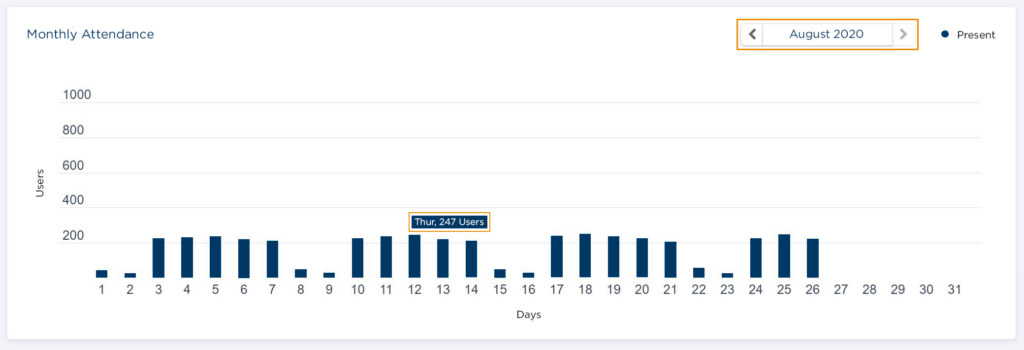This is the first segment in a three-part series covering how Genea was able to help many clients make quantifiable cost and energy savings at their building during periods of lower tenant occupancy due to stay-at-home orders with tenant empowerment technology: Overtime HVAC software.
This case study emphasizes how real-time, on-demand tools are able to help building managers fine-tune operations for using tenant empowerment technology.
Inside the Case Study
In July 2020, BOMA International – the commercial real estate industry’s flagship organization for building owners and managers, held its annual conference online (rather than in Philadelphia as originally planned). At the conference, BOMA president Henry Chamberlain made a simple statement of what has become the general expectation in the industry: “We expect things to be getting back to normal…in 2022.”
He was speaking not only about the formal occupancy defined by leasing activity, which forms the core of the industry, but also about physical occupancy. As any commercial property manager knows, the number of occupants present on a given day is now far below normal and even farther below full capacity. Even as cities and towns slowly reopen amidst the lingering COVID-19 pandemic, Chamberlain’s remarks underscore the reality that this is likely to remain true for quite some time, leaving managers to grapple with how to optimize their operations for a smaller number of end users.
There is no need to fly entirely blind, however. During the first few months of the pandemic, some commercial buildings have used existing tools creatively to understand day-to-day shifts in occupancy and control expenses, all while serving the few tenant occupants who either remained in the office or started returning as soon as they were able. Their experience can serve as a model for others, forming a basic roadmap that others can alter to suit the unique needs of their properties.
This roadmap has three essential steps:
- Understanding Physical Occupancy
- Giving Tenants More Control
- Maximizing Savings
Understanding Physical Occupancy: The first key to efficient operations during low occupancy lies in getting the full picture of physical occupancy. How many people are coming to the building? When are they there? and where within the building are they going?
Attentive building managers usually have an intuitive sense of the answers to these questions. As the pandemic induced lockdowns took effect in the spring of 2020, the dip in occupancy was obvious. As office workers slowly began filtering in, most building management teams succeeded in keeping in close contact with their customers, making sure they were fully supported in their reoccupancy.
But optimal actionability requires more than intuition. As occupiers returned, many of them did so piecemeal, with skeleton crews on abbreviated schedules. Some have come back in shifts, which meant fewer occupants at a given time, but also more total time with at least some people in the office.
These nuances are difficult to keep in mind without access to the kind of timely occupancy data that is available from modern software platforms, like Genea’s Access Control Portal. Consider the following real-life illustration from a client property, taken directly from the administrative view of this system:


Here the impact of the lockdowns is starkly visible. The “normal” daily occupancy of over 600 people in early March dropped to fewer than 200 in the space of a week. Even by August, physical occupancy was closer to lockdown levels than to the time before, though patterns like low attendance on Fridays are still visible.
More important than total physical occupancy, however is floor-or suite-level occupancy. Today’s more sophisticated access control hardware systems allow for essentially-real-time tracking at this level. But even absent this, periodically cross-checking building entry data with tenant rosters gives a view into which spaces are being used and how long for.
Even with only this information, building managers can make BMS adjustments to HVAC schedules to account for spaces that remain completely empty for long periods of time. As will be shown later, there is an easier way to achieve real savings by avoiding unnecessary use of HVAC in unoccupied zones.
Stay tuned for part two of this series about tenant empowerment technology, “Giving Tenants More Control”, which focuses on how putting tenants in the driver’s seat is beneficial for all parties involved.
Download a copy of the case study to learn how Genea’s cloud-based platform can help your building maximize energy and cost savings while minimizing manual processes.


